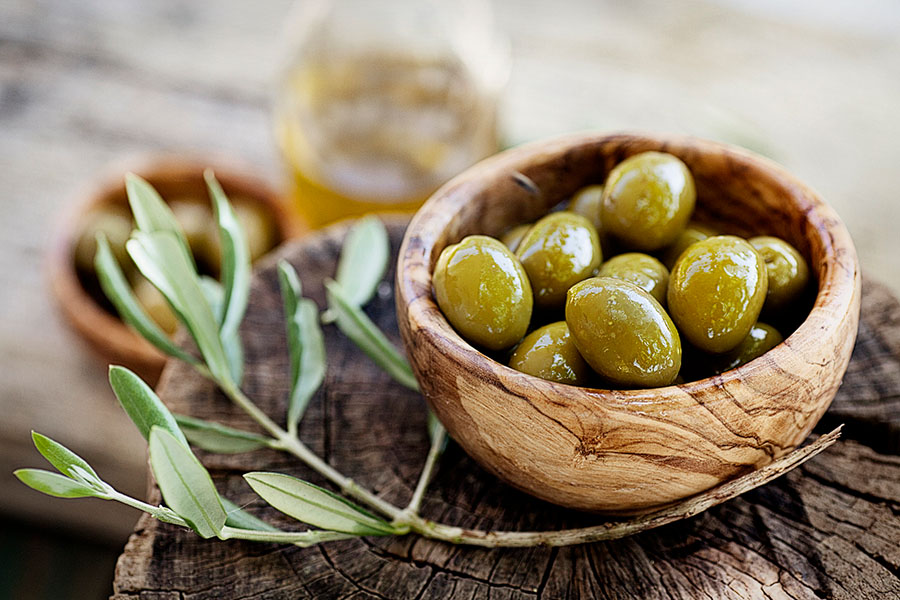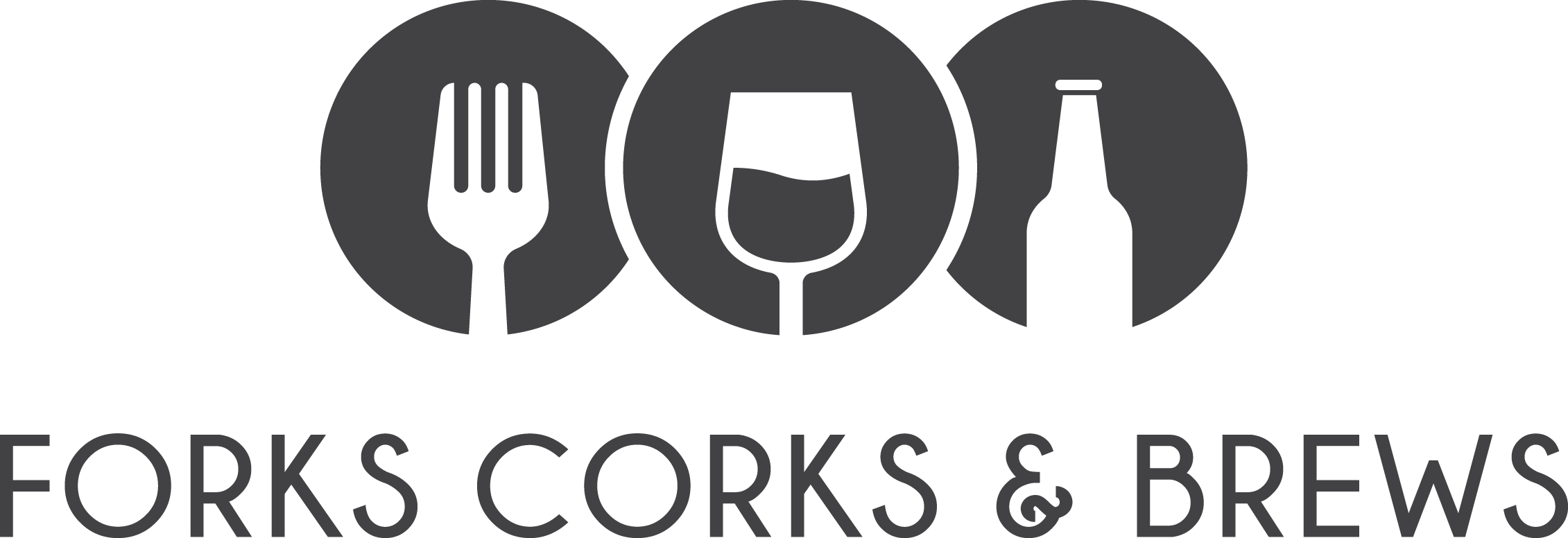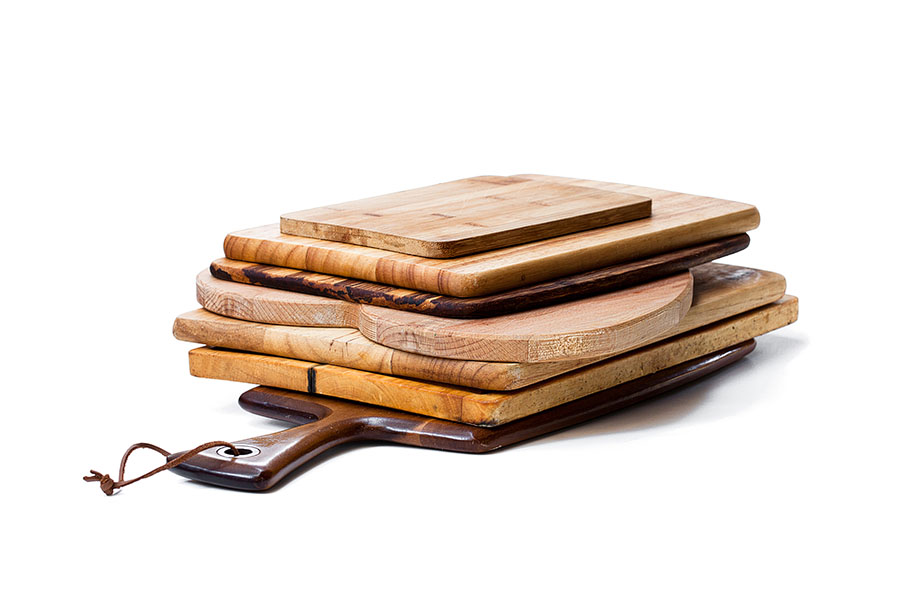When thinking about buying or making a charcuterie board, do you know what type of wood you should use or buy?
Size and shape of a charcuterie board remain the two most important factors when making a board, but what type of wood do you use? We are going to tell you all about the best kind of wood to use to make a charcuterie board.
Does the Type of Wood for a Charcuterie Board Matter?
Yes, it does. When looking at different types of woods, there are many important reasons to pick the right type of wood.
- Is the wood soft? Will it dent easily?
- Can I easily clean the board?
- Is the wood heavy? Will I be able to lift the charcuterie board by myself?
- What color is the wood?
- Can I use reclaimed wood?
What Are Suggested Types of Wood to Make a Charcuterie Board?
First, the type of wood for a charcuterie board should be a non-porous hardwood. We suggest staying away from ash or elm. Here are our suggestions on the different types of woods to use for a charcuterie board.
What is Non-porous Wood and What Does That Mean?
Non-porous materials do not permit the transfer of water or air. When your board is non-porous it does not take on water, flavors, or odors. For a charcuterie board this is exactly what you want. Since we use a lot of charcuterie boards, here are our favorite hardwoods to use.
Teak

- Environmentally friendly
- Water resistant
- Durable meaning able to resist wear
- Easy to clean
Many yacht and sailboat manufacturers use teak wood on the decks of their vessels. Teak wood has the best track record with being resistant to water.
Acacia

- Durable
- Sustainable
- Relatively easy to clean
Hard Maple

- Lighter in color
- Durable
- Displays food well
Olive wood

- Most durable
- Lasts for years
- One of the most interesting grains and looks
Bamboo

- Durable
- Sustainable
- Lightweight
- Probably most affordable
- Easiest to find in kitchen stores
Blue Gum Eucalyptus
- Durable and comparable to teak wood
- Light yellowish brown color
- Sustainable
- Is a heavier wood
- Can last 20-25 years if cared for properly
Which Types of Wood Are Not the Best for Making A Charcuterie Board?
When you consider making your own charcuterie board, we suggest you avoid the above softer woods. Oak and ash are hard woods. But they are open-grain not closed-grain.
- Ash
- Red Oak
- Mahogany
- Fir
- Pine
- Cypress
What Are Open-Grained and Closed-Grained Woods?
Open-grained and closed-grained wood refers to the size of the pores. Woods with large, visible pores are considered open-grain. Those woods with pores too small to clearly see are closed-grain.
Since all unfinished woods absorb water or flavors, do you know what to type of wood to pick? Wood with smaller pores is more ideal for charcuterie boards as they absorb less flavors.
How Thick Should a Charcuterie Board Be?

Once you have selected the type of wood for your charcuterie board, think about how thick it should be. Ideally, for most charcuterie boards, it should be about 1/2 to 3/4 of an inch thick. When you have a large amount of food, it is a good idea to have a thicker board to balance all the food that will be on it.
Make sure the board is sturdy enough to hold the food. At the same time, make sure you will be able to carry and move the charcuterie board once it is loaded with food. If you cannot carry your charcuterie board with food on it, then add the food to the board in the location in which you want to serve it.
We suggest installing handles on all larger boards. This makes it easier for transportation, even if it is just from your kitchen to your patio.
We installed brass peacock handles on one of our large charcuterie boards for easy transportation.

What Finish Should be on Your Charcuterie Board?
Now that you know some good choices for the type of wood for your charcuterie board, the next thing to think about is the finish on your wood charcuterie board. You want your board to look good, be functional, and easy to clean.
You also want to make sure the finish is food safe. With many options available, we have some suggestions.
Walrus Oil
- FDA approved for food contact
- Coconut Oil, Beeswax, Mineral Oil, Vitamin E
- Easy to use
- Proudly Brewed and Bottled in the USA
Caron and Doucet Cuisine Cutting Board Oil
- 100% coconut based
- Designed to penetrate deep into the fibers of the wood
- Hydrates and conditions
- Prolongs the life of wood and bamboo kitchenware
- Prevents cracking due to water damage or over drying
- Makes cleaning easier
Food-Grade Mineral Oil
- FDA approved for food contact
- Not as water-resistant
- Will need to be re-applied more often
Wood Wax
- Is more dense so a pinch goes a long way
- Food-safe wax
- Made in the USA
- Uses Beeswax, Coconut Oil, Mineral Oil, and Vitamin E
- It can be used as a standalone product or after applying a layer of our Cutting Board Oil
Are There Options Other Than Wood For a Charcuterie Board?
Maybe you would like to add a different type of charcuterie board to your serving pieces. What options other than woods are good as possible charcuterie boards?
Slate
- Pros: Lightweight
- Can be written on with chalk
- Most knives will not scratch
- Food can be placed directly on the board
- Easy to clean
- Can be submerged in water
- Easy to clean
- Cons: It can crack or chip if hit
Marble
- Pros: Sturdy
- Stays cold longer when placed in the refrigerator
- Great for cheeses
- Cons: Acidic food will stain it
- Avoid tomatoes or lemons
Now that you have some ideas for the type of wood to use for your charcuterie board as well as some other options, you are ready to create a tasty, eye-pleasing platter of goodies for your next dinner party. As a result, your charcuterie boards will be a big hit and food will stay safe and tasty.
Here is the best way to clean your wood charcuterie board if you haven’t done so already.

